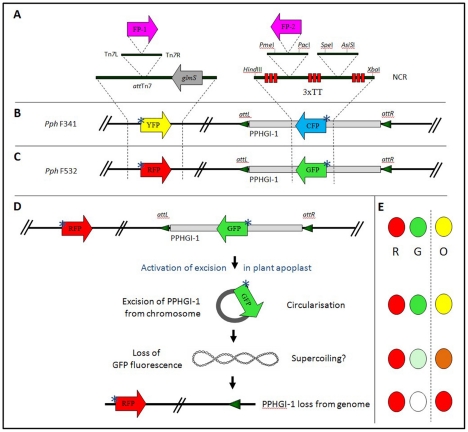Figure 1. Generation of strains of P. syringae pv. phaseolicola 1302A tagged with fluorescent proteins.
A. Introduction of constitutive fluorescent reporter genes separately into the P. syringae pv. phaseolicola 1302A chromosome and PPHGI-1 genomic island to create B. P. syringae pv. phaseolicola F341 containing eYFP introduced into the chromosome upstream of glmS using a Tn7 delivery system and eCFP within the non-coding region of PPHGI-1 and C. P. syringae pv. phaseolicola F532 with dsRFP in the chromosome and eGFP in PPHGI-1. D. Schematic depiction of PPHGI-1 excision (with loss of GFP expression) from P. syringae pv. phaseolicola F532 within the plant environment with E. fluorescence detectable in channels R, dsRFP; G, eGFP and O, with overlapping channels. Loss of eGFP fuorescence would also report the deletion of PPHGI-1 from bacteria. Abbreviations are as follows: FP-1, fluorescent protein either eYFP or dsRFP; FP-2, fluorescent protein either eGFP or eCFP; TT, transcriptional terminators; NCR, non-coding region in PPHGI-1; ‘*’ denotes constitutive reporter expression. SpeI - AsiSI region is a secondary rare-cloning site. The position on PPHGI-1 of genes used in this study are avrPphB 17,471–18,274 bp and xerC 105,384–106,805 bp [6]. The genes for the fluorescent proteins have been inserted in non-coding region at position 55,660–56, 299 bp.

